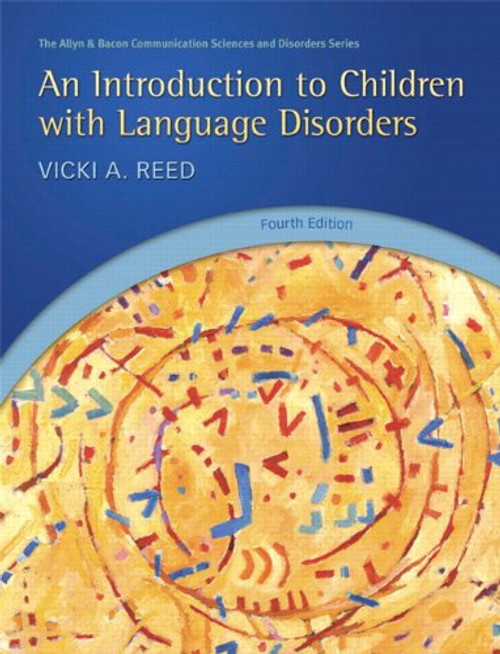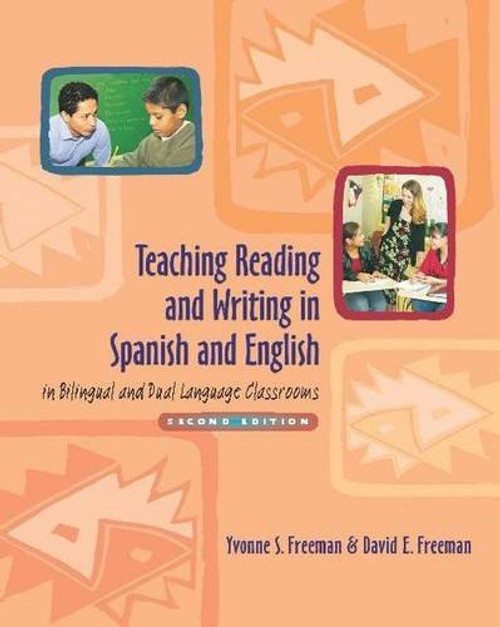Product Overview
Language Disorders in Bilingual Children and Adults, second edition, provides speech-language pathologists, advanced students in communication disorders programs, and clinical language researchers with information needed to formulate and respond to questions related to effective service delivery to bilingual children and adults with suspected or confirmed language disorders. The bilinguals of interest represent varying levels of first and second language proficiency across the lifespan. That is, bilingualism is not determined here by a priori notions of relative proficiency in each language, but rather by the individual's experience or need for two languages.
In separate chapters, the book synthesizes the literatures on bilingual children and adults with typical and atypical language skills to give the reader a deep understanding of the multiple factors that affect language development and disorders in those who rely on two languages for meaningful interactions. Assessment and intervention issues and methods are presented separately for each population.
The focus for children is on primary developmental language disorder (specific language impairment, language learning impairment, isolated language impairment, and late talkers). For adults, the focus is on primary acquired language impairment, in particular aphasia. Although child and adult, typical and atypical populations are presented separately, all are considered within a unifying Dynamic Interactive Processing perspective. This broad theoretical framework emphasizes interactions between social, cognitive and communicative systems to form the basis for very practical implications related to assessment and intervention.
For the second edition, the author has updated the entire text with references to the considerable amount of research that has been undertaken in recent years. There has been an impressive uptick in research at the intersection of bilingualism and language impairment as well as bilingualism and adults with aphasia. This rapidly increasing body of empirical studies has direct implications for assessment and treatment of language in bilingual individuals.
Other additions to the second edition include:
- A foreword by Ellen Bialystok, Ph.D., Distinguished Research Professor in the Department of Psychology at York University
- New content on common factors those core aspects of clinical practice that may transcend specific therapies Clinical Questions and Extension Activities added to each chapter
- New tables and figures in each chapter to illustrate key concepts
With its updated content and new features, Language Disorders in Bilingual Children and Adults, Second Edition, is a must-have resource for any SLP who works bilingual children or adults.






